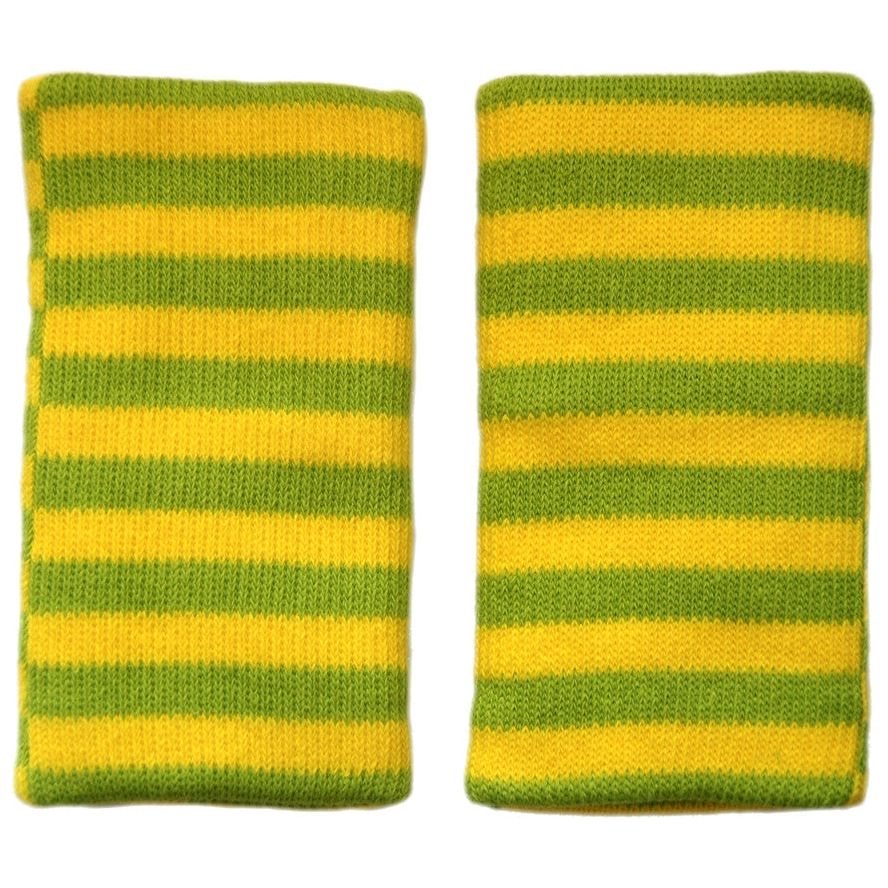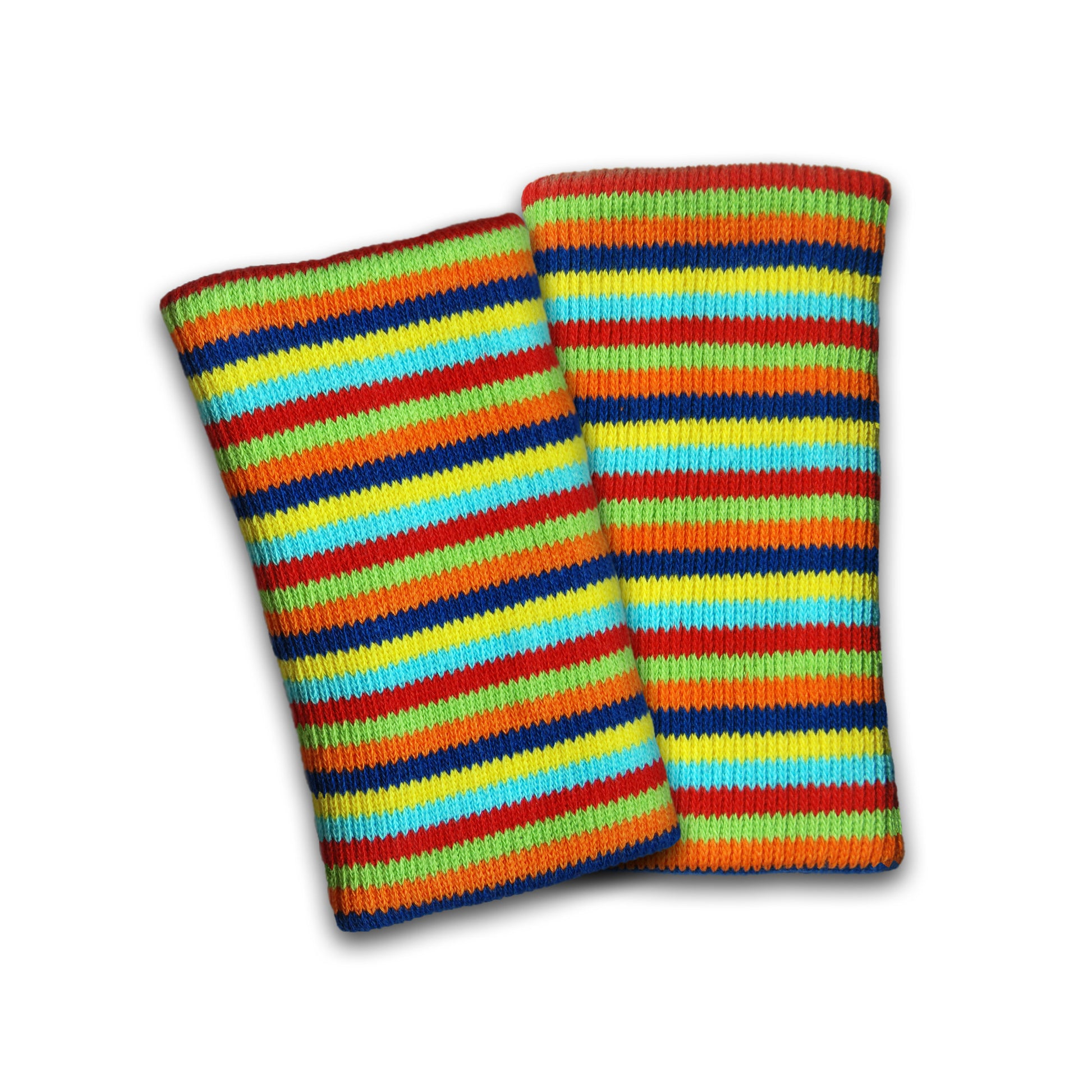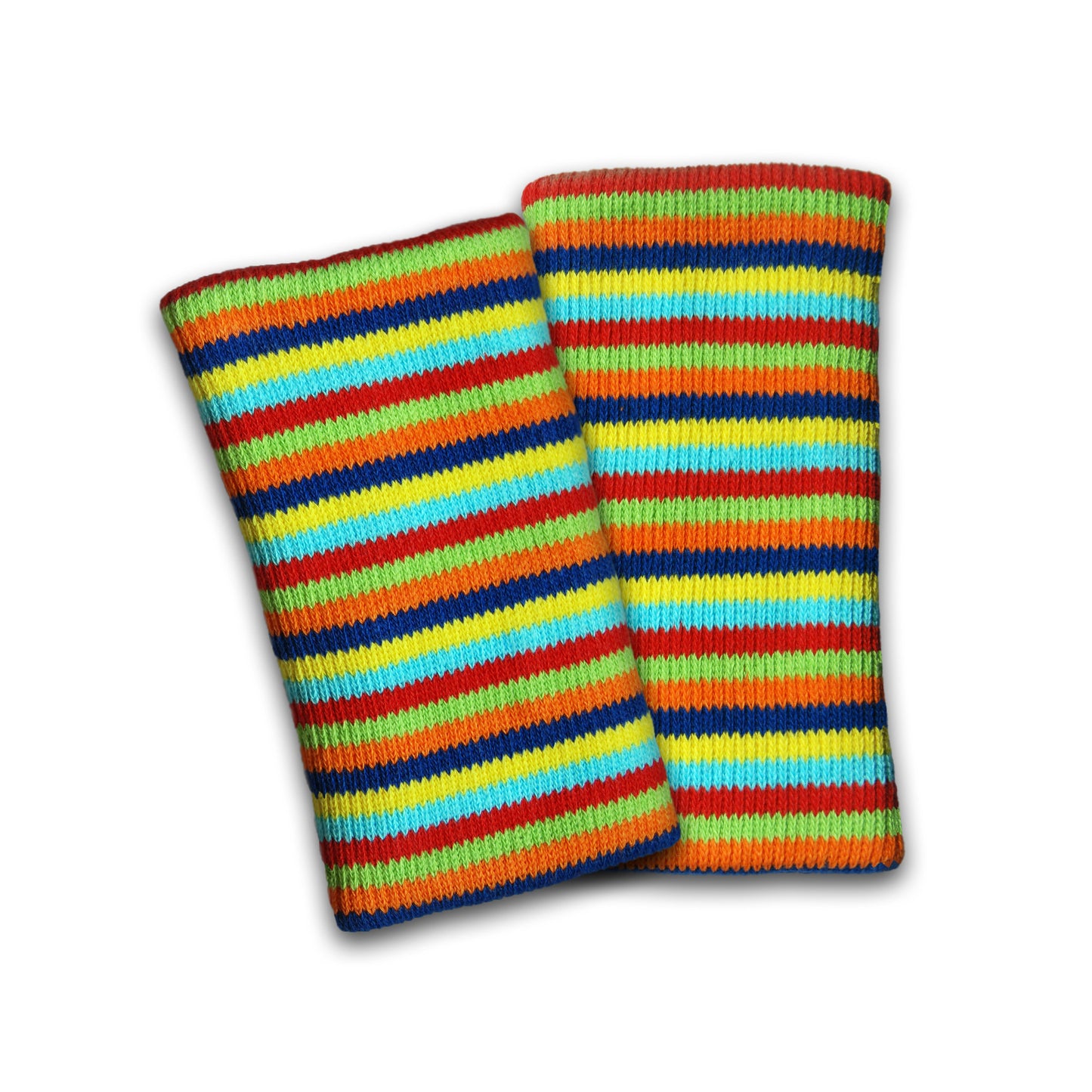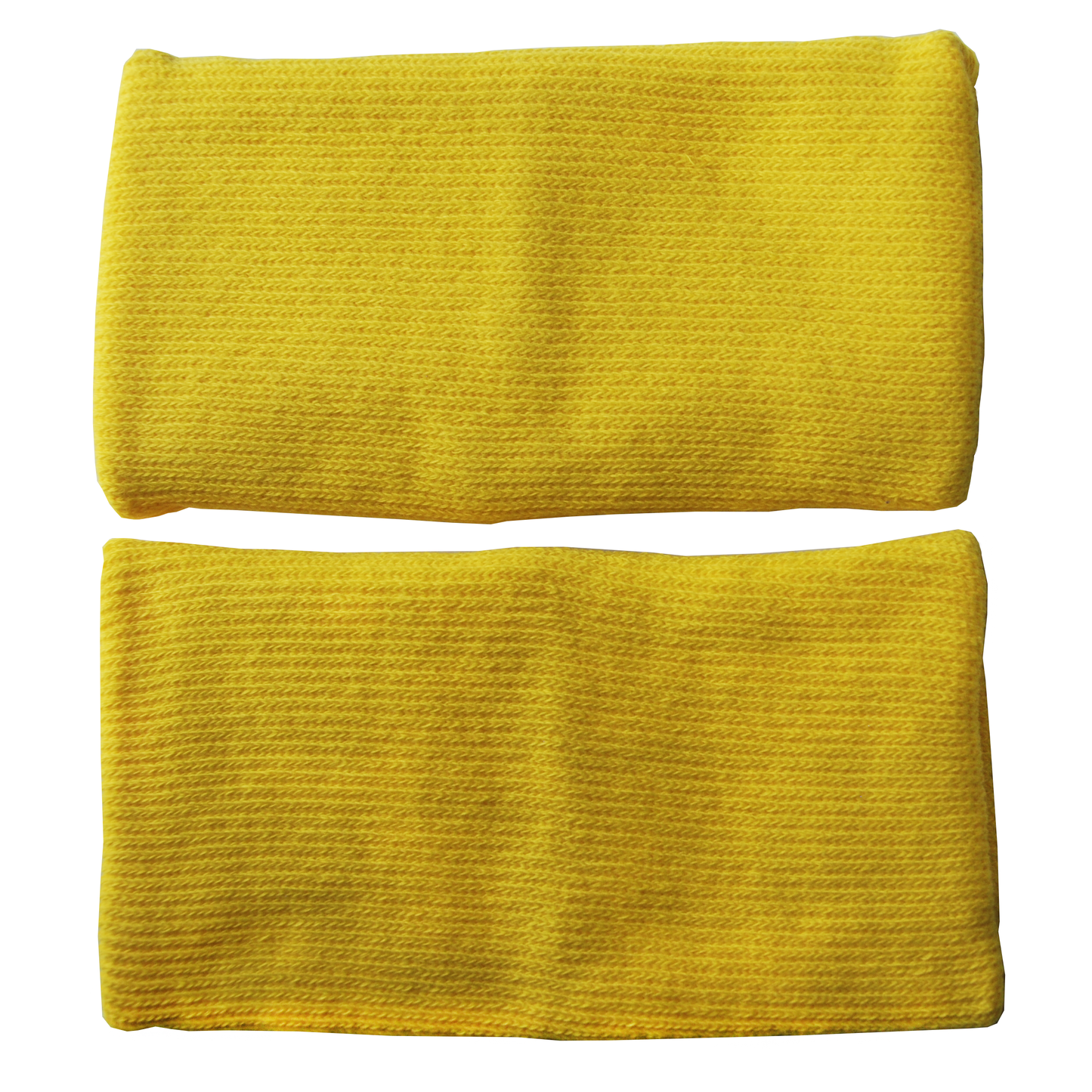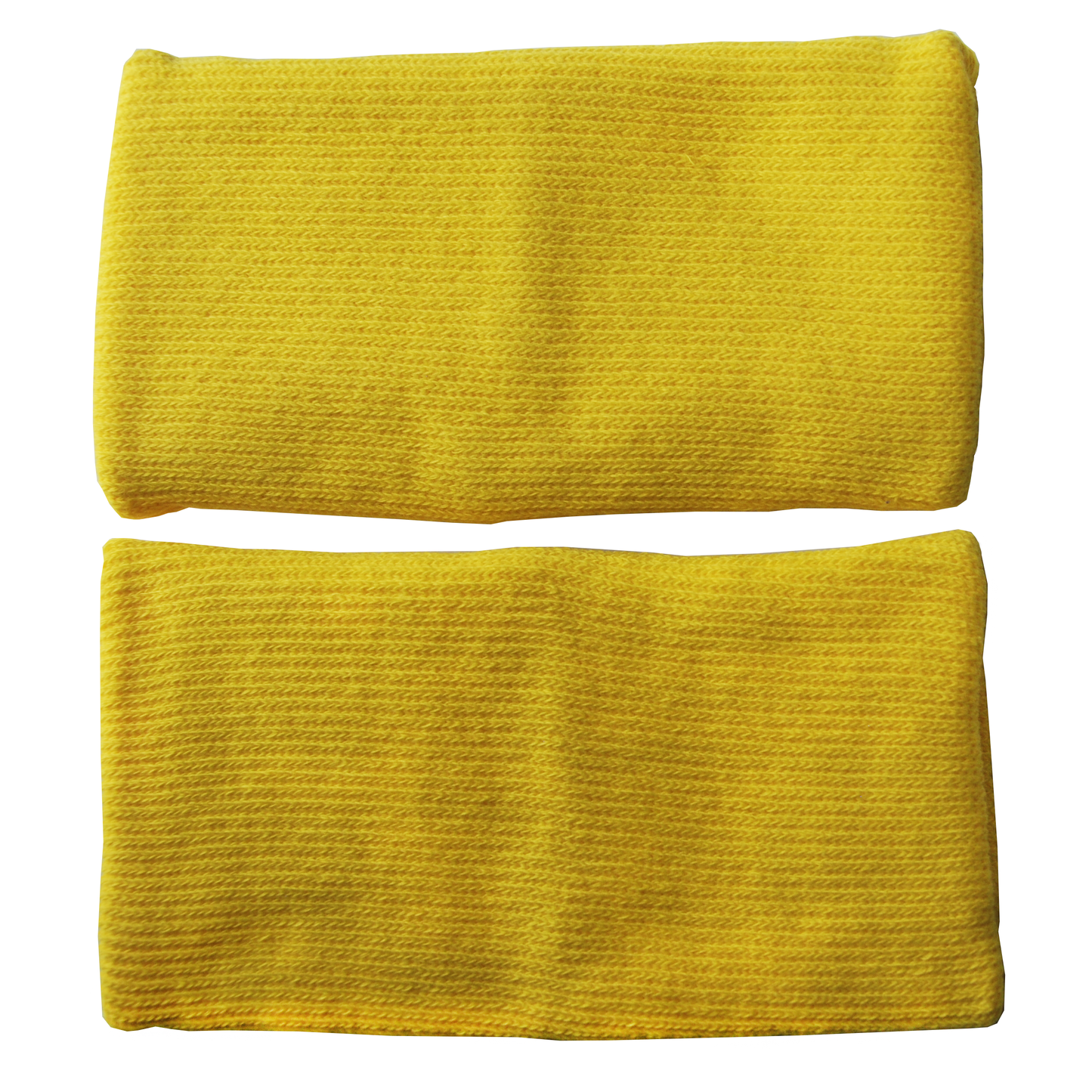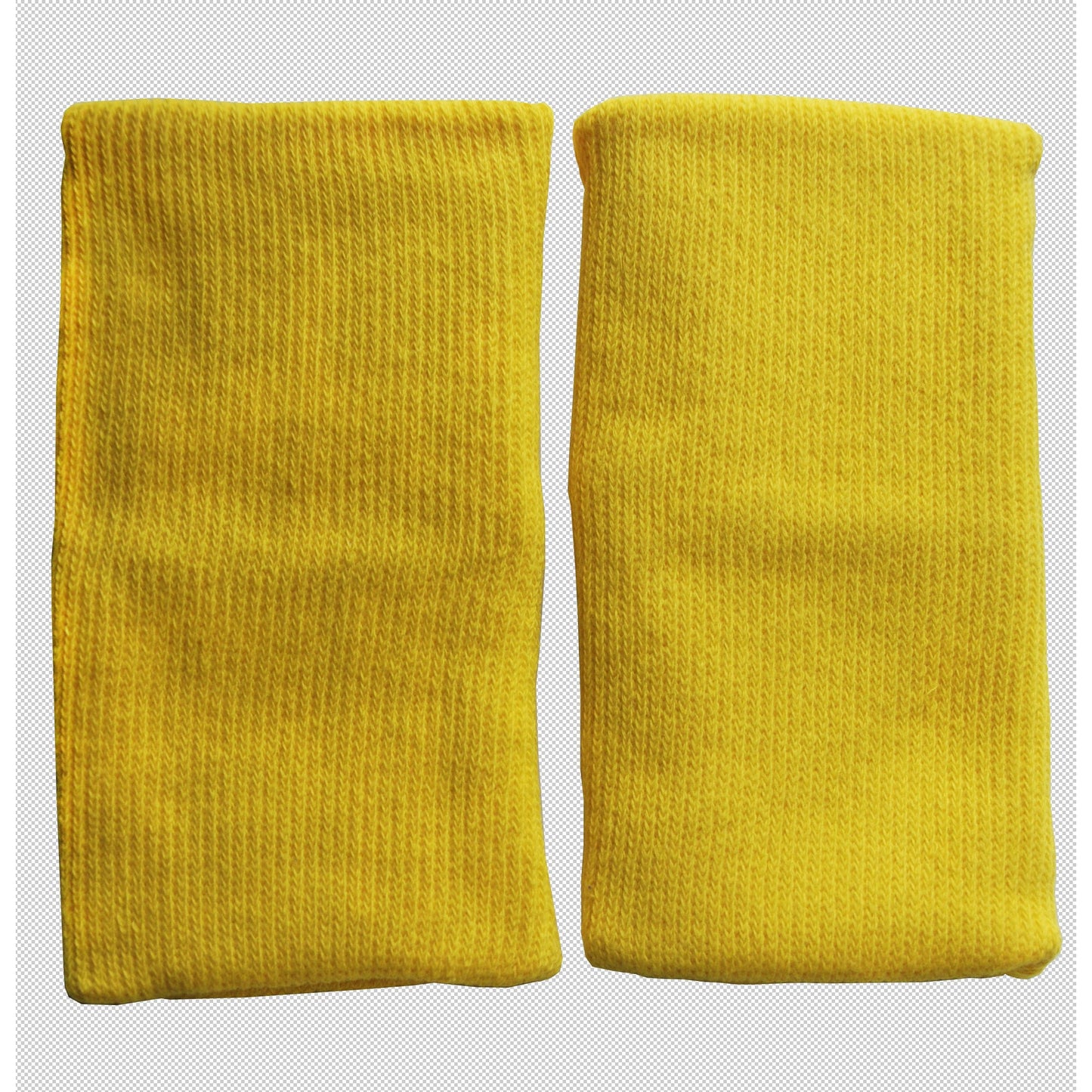
Image taken from http://mentalfloss.com
Why do leaves change colors? In case anyone is curious, especially children, here is a nice explanation we have found on www.depauw.edu.
"When tree leaves turn bright colors in the fall, it might seem like magic. But it turns out that the brilliant autumn display is more sleight of hand, or perhaps sleight of branch, than magic. The vivid yellow and orange colors have actually been there throughout the spring and summer, but we haven’t been able to see them. The deep green color of chlorophyll, which helps plants absorb life-giving sunlight, hides the other colors. As leaves lose their chlorophyll in the fall, other pigments become visible to the human eye, according to Bryan A. Hanson, professor of chemistry and biochemistry at DePauw University who studies plant pigments. Some tree leaves turn mostly brown, indicating that all pigments are gone. Burgundy and red colors are a different story. “The red color is actively made in leaves by bright light and cold,” says Dana A. Dudle, DePauw professor of biology who researches red pigment in plant flowers, stems and leaves. “The crisp, cold nights in the fall combine with bright, sunny days to spur production of red in leaves – especially in sugar maple and red maple trees. Burgundy leaves often result from a combination of red pigment and chlorophyll. Autumn seasons with a lot of sunny days and cold nights will have the brightest colors.”In some cases, about half of a tree’s leaves are red/orange and the other half green. Dudle says that results from micro-environmental factors – such as only half the tree being exposed to sunlight or cold. Hardwoods in the Midwest and on the East Coast are famous for good color selections. Some of the more reliably colorful trees, Hanson notes, are liquid amber trees (also called sweet gum) that turn a variety of colors on the same tree, and sometimes the same leaf. Ash tree leaves often turn a deep burgundy color. Ginkgo trees, although not native to North America, will feature an intense yellow, almost golden, color. “We tend to think the colors are there for our enjoyment, and they certainly do serve that purpose,” Hanson says. “However, biologists, biochemists and ecologists ask why the colors are there. The colors are doing something for the plant, or they wouldn’t be there.”With some trees, pigments serve as a kind of sunscreen to filter out sunlight. “It’s an underappreciated fact that plants cannot take an infinite amount of sun. Some leaves, if they get too much sun, will get something equivalent of a sunburn. They get stressed out and die,” Hanson says. Another theory is that the color of a plant’s leaves is often related to the ability to warn away pests or attract insect pollinators. “In some cases, a plant and insect might have co-evolved,” Hanson says. “One of the more intriguing scientific theories is that the beautiful leaf colors we see today are indicative of a relationship between a plant and insects that developed millions of years ago. However, as the Earth’s climate changed over the years, the insects might have gone extinct, but the plant was able to survive for whatever reason. “Because plants evolve very slowly, we still see the colors. So leaf color is a fossil memory, something that existed for a reason millions of years ago but that serves no purpose now.” Except, perhaps, to delight human viewers."

Image taken from http://connecticut.cbslocal.com/ (Photo Credit: Thinkstock)




